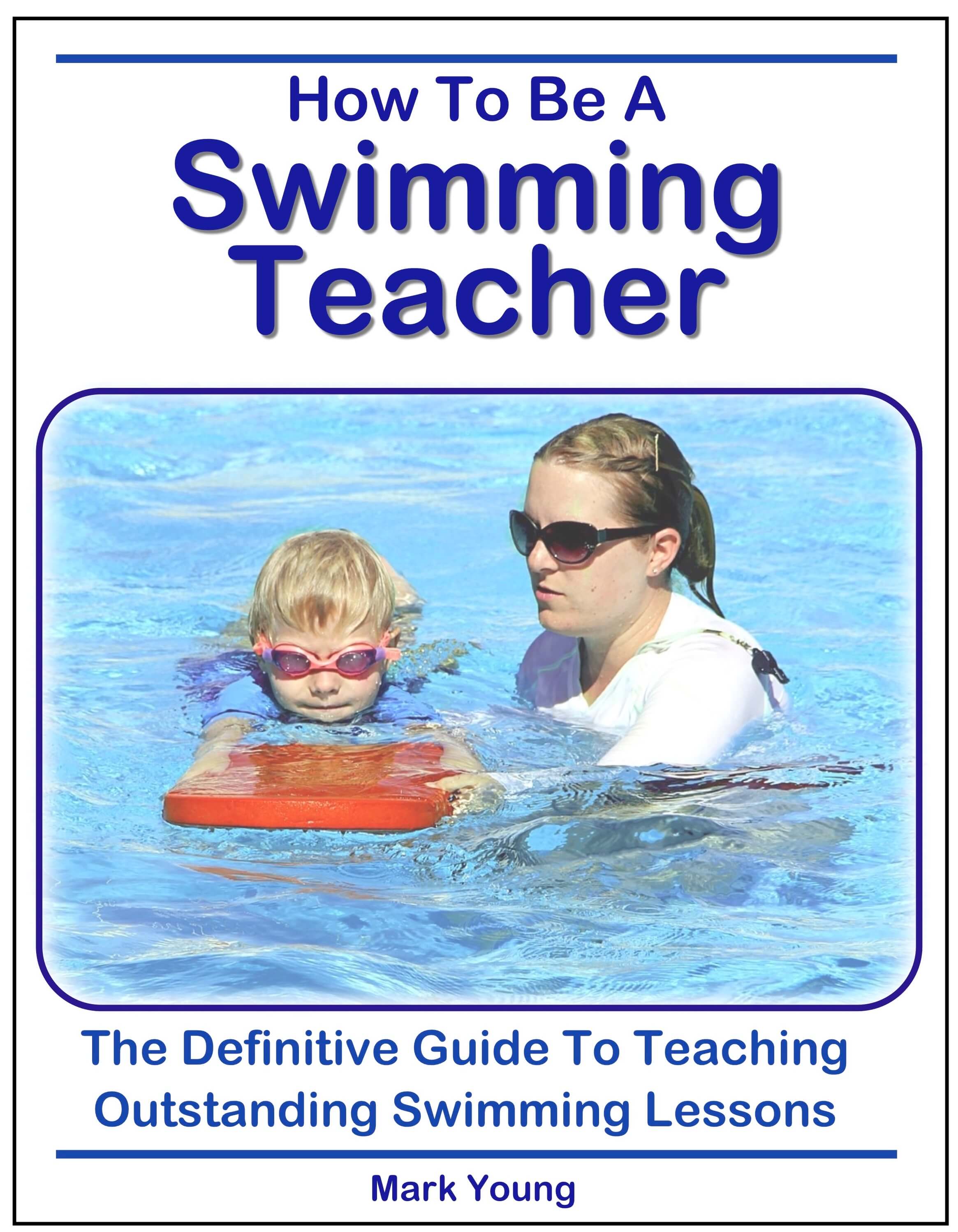- Swim Teach Home
- teaching swimming lessons
- Afraid to Breathe When Swimming
Afraid to Breathe When Swimming
My student is afraid to breathe when swimming. She has controlled breathing and can stay in the water. Unfortunately, she is afraid to breathe in the water. What can I do?
It is very common for students to be afraid of breathing in the water, especially young children. Breathing in or on the water is unnatural and, therefore, can cause some anxiety.
By ‘breathe on the water’, I presume you mean exhaling or blowing out on the water's surface? There are a few possible reasons for your students’ fear of breathing on the water. The simple act of blowing bubbles causes light splashing on the face and under the nose, and if her face is out of the water, then this splashing could be into the eyes too. Also, the breathing action on the water can cause a tickling sensation under the nose which causes a feeling of water going up the nose, even though it is not.
You have to explain to your student that breathing on the water causes the water to tickle her nose and that it is completely normal, it will not do any harm and that it is something she will get used to. Then demonstrate it yourself so she can see for herself, and then encourage her to try with a very short breath.
You can get her used to light splashing in the face by playing a simple ball game, throwing and catching the ball. Allow the ball to land just in front of her, and the game will be a distraction from the fact that she is getting splashed.
Next, you can place a floating object in front of her, such as a toy duck or coloured ball and encourage her to blow them along as she approaches them. Once again, the toys will act as a slight distraction and will hopefully give her the incentive to breathe out on the water.
The main aim is to take the learning out of it and make it into a game or something fun; then, she will feel more comfortable about breathing on the water and will eventually think nothing of it.
 How To Be A Swimming Teacher
How To Be A Swimming Teacher$19.99

I am a member of the Amazon Associates Program and I will earn a commission from qualifying purchases at no extra cost to you.


